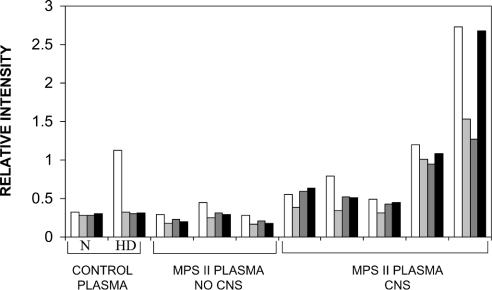Figure 5. Epitope reactivity of IDS in plasma samples from normal controls and MPS II patients.
ELISA reactivity for either 2G3.2B9 (white), 7B9.1B10 (light grey), 1F7.2D11 (dark grey) or 2D3.1F9 (black) against IDS in plasma from normal control and eight MPS II patient samples (Caucasian origin). The three MPS II patients with an attenuated clinical phenotype (no CNS involvement and age of onset >3 years) had ND–0.6 pmol·min−1·mg−1 IDS activity (where ND stands for none detected) in leucocytes and, from left to right, had the mutations: c1094_1100delinsTT, 1246c→t and p.L259P. The MPS II patients with a severe clinical phenotype (CNS involvement and age of onset <3 years) had ND–0.1 pmol·min−1·mg−1 IDS activity in leucocytes and from left to right, had the mutations: p.S333L, p.C53X, p.E341K and p.P480R, but in the last patient we were not able to identify the pathogenic mutation. This compared with n=10 normal controls who had a range of 10–85 pmol·min−1·mg−1 IDS activity. Plasma samples from normal controls (representative pattern shown) were either assayed direct (N) or after heat treatment at 60 °C (HD). Results were expressed as the relative intensity of ELISA reactivity determined at A410.

